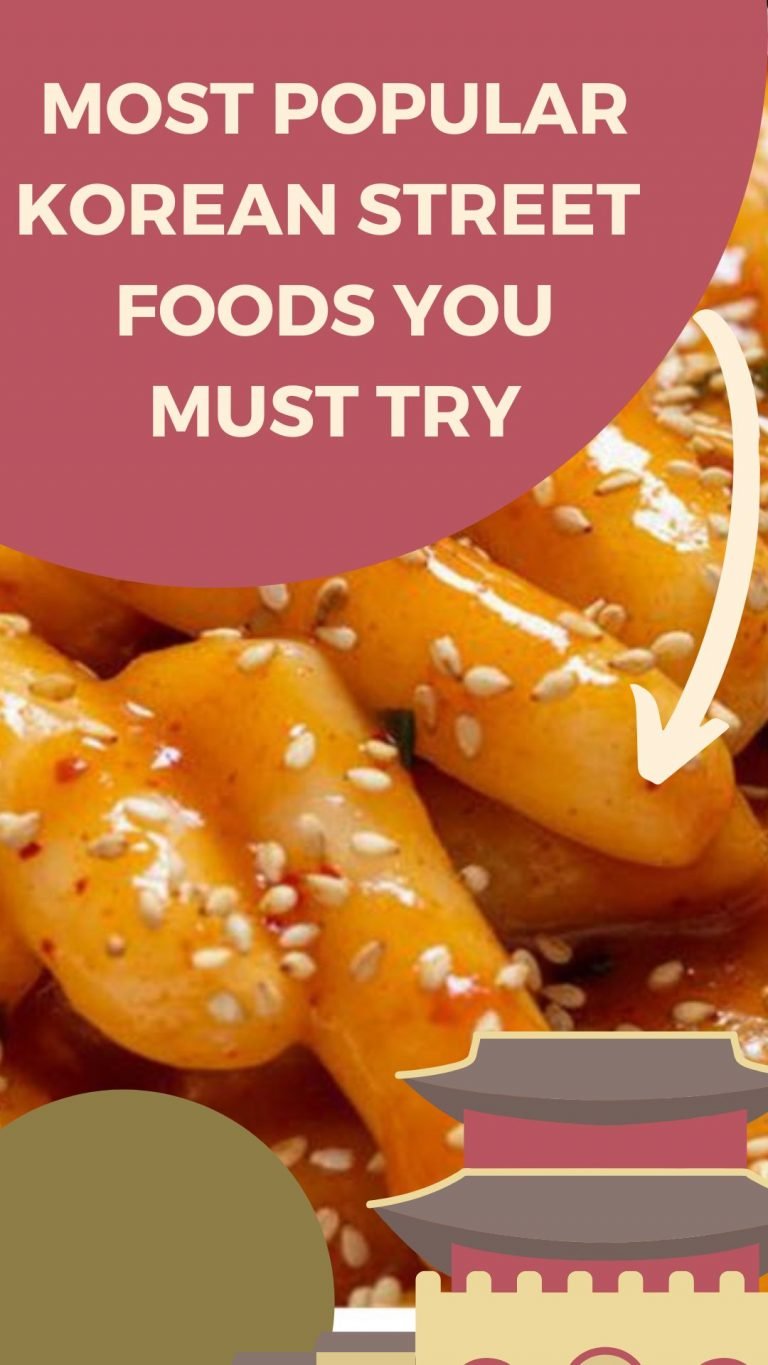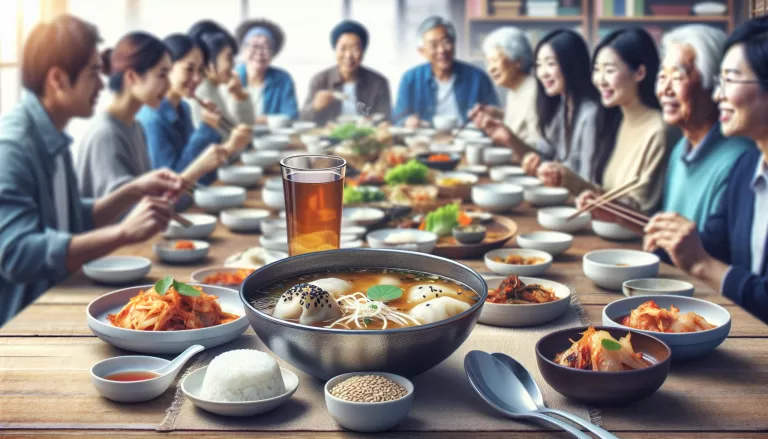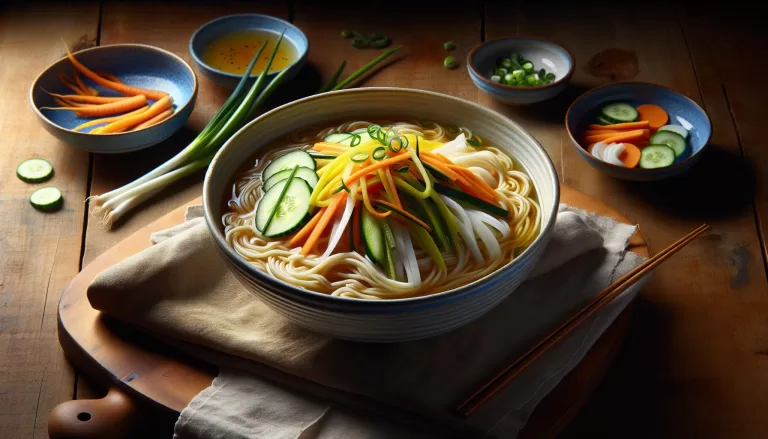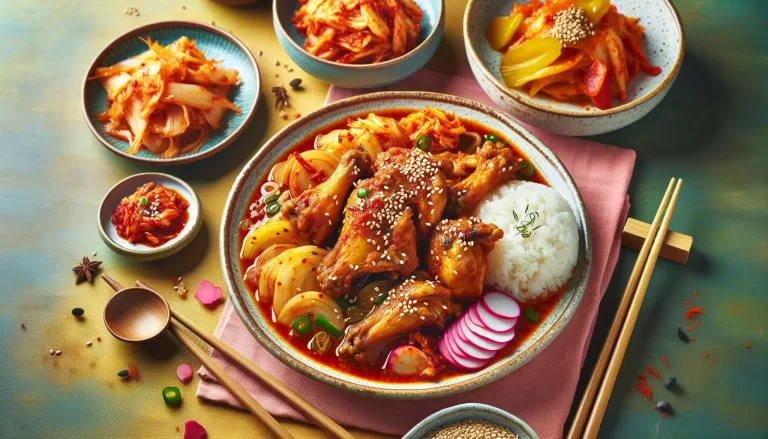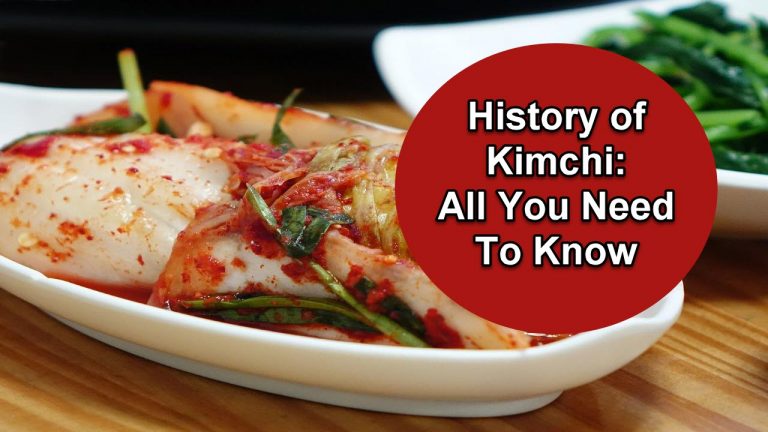Mastering Homemade Korean Dumplings Mandu Recipe with Creative Serving Ideas

Ingredients for Homemade Korean Dumplings Mandu
To forge ahead with your homemade Mandu journey, we’ve laid out a definitive list of ingredients you’ll need for the perfect dumplings.
For Dumpling Filling:
Here’s what you’re gonna need to get the dumpling filling just right:
- Ground beef or pork: 500 grams.
- Soy Sauce: 2 tablespoons
- Sesame oil: 2 teaspoons
- Sugar: 1 teaspoon
- Korean leek: 200 grams
- Tofu (protein-packed!): 200 grams
- Napa cabbage: 5 leaves
- Garlic: 3 cloves
- Salt and pepper: To taste
Try using ground turkey for a unique spin on the classic Mandu!
For Dumpling Wrappers:
Do you fancy crispy edges? These are your essentials:
- All-purpose flour: 600 grams
- Salt: 1 teaspoon
- Hot water: As needed
Here’s a hot tip: You can always use store-bought wrappers if you’re short on time!
Now for the nutritional value, which may tip the scale for some of you.
| Ingredients | Calories | Carbs(g) | Protein(g) | Fat(g) |
|---|---|---|---|---|
| Ground Beef(500g) | 1256 | 0 | 136 | 83 |
| Soy Sauce(2 tbsp) | 17 | 1 | 3 | 0 |
| Sesame Oil(2 tsp) | 80 | 0 | 0 | 9 |
| Sugar(1 tsp) | 16 | 4 | 0 | 0 |
| Leek(200g) | 134 | 31 | 3 | 0 |
| Tofu(200g) | 144 | 4 | 16 | 8 |
| Napa Cabbage(5 leaves) | 62 | 14 | 3 | 0 |
| Garlic(3 cloves) | 12 | 2 | 0 | 0 |
To make this memorable meal, continue with this freshly detailed guide that’ll keep those kitchen blues at bay. With this recipe in your repertoire, you won’t just be dining – you’ll be diving into a world of culinary indulgence.
Step-by-Step Instructions

Here we go! Grab your apron and roll up your sleeves. We’re about to dig into the exciting process of making authentic and delicious Mandu.
- Preparation of Dumpling Wrappers
If you’ve chosen store-bought wrappers, your workload just got a little lighter! Ensure they’re thawed completely before starting. For the homemade dough enthusiasts, mix your flour and water. Knead until it forms a consistent, flexible dough. Let it rest for a few hours.
- Filling Mixture
Onto the filling. Remember your ground turkey? It’s time to give it a new life! Mix it in a bowl with the cabbage, spring onions, garlic, soy sauce, and sesame oil. Dive in and mix it well. You’re looking for an even distribution of all ingredients.
- Assembly
Dust your countertop lightly with flour. Take a small piece of dough, roll it out thinly, and place a teaspoon of your filling mix in the center. Fold, knead, repeat. Ensure they’re sealed well.
- Cooking
Cook the dumplings in batches in a heated pan with a splash of oil. Lightly brown them before adding water. Once the water evaporates, you’ll have a delightful plate of dumplings, crispy on the bottom and steamed on top.
Remember, meticulousness, patience, and passion are the critical ingredients for culinary success. Be sure to prepare your Mandu with love for a truly enriching gastronomic experience.
If you’re health-conscious, you’re making a wise choice with Mandu. Loaded with protein from the turkey and packed with vitamins from the cabbage and spring onions, Mandu brings a balance of flavor and nutrition to your meals.
Enjoy your cooking journey! Let’s keep progressing with the remaining steps in the next section of the guide.
Tips for Making Perfect Mandu

Now that you’ve got the basics down, let’s take it up a notch. Making Mandu isn’t just about following a recipe. It’s learning the subtle art of balance and harmony, much like the Korean cuisine itself. Here are some expert tips to enhance your Mandu making prowess.
Consistency and Size Matter. When preparing the dumpling wrappers, aim to achieve a uniform thickness. Your filling stays intact better with an even casing. Also, remember, the size of your Mandu should remain consistent. It helps ensure an even cooking process.
Season Smartly. A balanced seasoning is what you should aim for, especially since the filling usually comprises mild ingredients like turkey, cabbage, or spring onions. Plus, an intriguing twist to the traditional Mandu is adding Gochujang. It’s a spicy and sweet Korean chili paste that adds a flavorful depth to your Mandu.
Seal Safely. Securing your Mandu is a game-changer. A well-sealed dumpling prevents leakage of the filling while cooking. And hey, don’t forget that creating crimps on the edge is also part of the aesthetic appeal of these delectable dumplings.
Steam, Don’t Boil. Contrary to popular belief, steaming the dumplings vs. boiling them preserves their shape and texture better. It helps in keeping the taste and nutrients of the filling intact as well.
Nutritional Value is something you would want to keep an eye on. Consider this: per serving of Mandu (50g), you get a favorable balance of macronutrients.
Nutritional Value
|
Content per 50g Serving
|
Calories
|
70 kcal
Carbs
|
11.2 g
Protein
|
2.9 g
Fat
|
1.1 g
So remember, mastering Mandu involves much more than following a recipe. It’s about learning a culinary language of balance, care, and creativity. Now, who’s ready to create their best Mandu yet? Enjoy this flavorful journey and make sure to incorporate these tips into your process.
Different Filling Variations to Try

Once you’ve mastered the basic Mandu, you’re ready to experiment with a range of different fillings. The versatility of Mandu is remarkable. Sticking to the classics is perfectly fine, but why not spice things up a bit? Let’s dive into distinctive fillings you can try.
Your first variation may include sweet potato and mushroom. This uncommon combo is an excellent source of vitamins and fiber, bringing a sweet and earthy taste to your Mandu. Peel and cube the sweet potato, then boil until it’s tender. Sauté the mushrooms in sesame oil until they’re golden. Mix these together and season with salt and pepper.
Your second option can be kimchi and tofu. For those looking to add a kick to their Mandu, kimchi is the answer. Drain and dry firm tofu before mashing it up. Pair it with well-drained, finely chopped kimchi for a fusion of flavors. Season with soy sauce and sesame oil.
Another delightful shake-up from the traditional filling would be squash and beef. Roast butternut squash until it’s soft and caramelized, then mash it up. Pair it with seasoned ground beef for a satisfying blend of sweet and savory.
There’s a world of culinary exploration waiting to be unveiled within these pouches of deliciousness. By combining elements of taste, texture, and nutritional benefits, your Mandu cooking journey becomes a fascinating adventure packed with palate-pleasers.
Below is a quick nutritional comparison of the various fillings:
| Filling | Calories | Carbs | Proteins | Fat |
|---|---|---|---|---|
| Sweet Potato & Mushrooms | 100 | 20g | 3g | 0.2g |
| Kimchi & Tofu | 90 | 2g | 9g | 3g |
| Squash & Beef | 200 | 16g | 20g | 3g |
Feel free to get creative with these filling combinations or come up with your own. After all, the best part about cooking home recipes is making them your own. Remember, the key to a memorable Mandu is balance in every bite.
Serving Suggestions

Now that you’re ready to up your Mandu game with these imaginative fillings, let’s explore some unique and mouth-watering ways to serve your dumplings. The beauty of Mandu lies not just in its delectable fillings but also in the countless ways it can be presented and enjoyed.
First off, dumpling soup is a classic choice that never disappoints. Imagine your homemade Mandu floating in a warm, delicately seasoned broth. It’s a picture-perfect dish for those cold days. Any subtle-flavored broth would work wonders. Using a simple miso or chicken broth keeps the spotlight on your Mandu.
Alternatively, give Mandu salad a shot! Nestle your Mandu on a bed of fresh greens, and drizzle with a tangy sesame dressing. Include a crunch element like crispy noodles or sesame seeds. This method introduces a delightful contrast in textures and a refreshing spin on your traditional dumpling experience.
A genius way to take your Mandu to the next level is by turning them into Mandu croutons. Yes, you heard it right! Pan-fry your Mandu until they’re golden and crispy. Now, dice them up and toss them over your soups, salads, or even as a snack on their own. These Mandu croutons offer a burst of flavor in every bite, and trust me, you don’t want to miss out on them.
Remember, these are just a handful of the exciting possibilities out there. Embrace your culinary creativity and discover your signature Mandu serving style! Whether it’s in a soup, as a salad, or creative croutons, your Mandu is guaranteed to be the talk of the dinner table. Don’t forget to pair it with a dipping sauce of your choice– soy sauce, chili oil, or Gochujang, to name a few.
So go ahead, experiment with these serving suggestions and chart your own path in your Mandu journey. With every twist and tweak, you’re crafting a culinary masterpiece that’s truly your own.
Conclusion
So, you’ve discovered the magic of homemade Korean dumplings, Mandu. You’ve learned that it’s not just about the filling but the exciting ways you can serve and enjoy this versatile dish. Whether it’s in a comforting soup, a refreshing salad, or as innovative croutons, Mandu is a culinary adventure waiting for you to explore. Remember, your Mandu experience can be as unique as you are. So, don’t shy away from experimenting and personalizing your Mandu creations. After all, it’s this spirit of creativity that transforms a simple dish into a culinary masterpiece. Now, it’s your turn to bring this Korean delight to your kitchen and wow your taste buds. Happy cooking!

